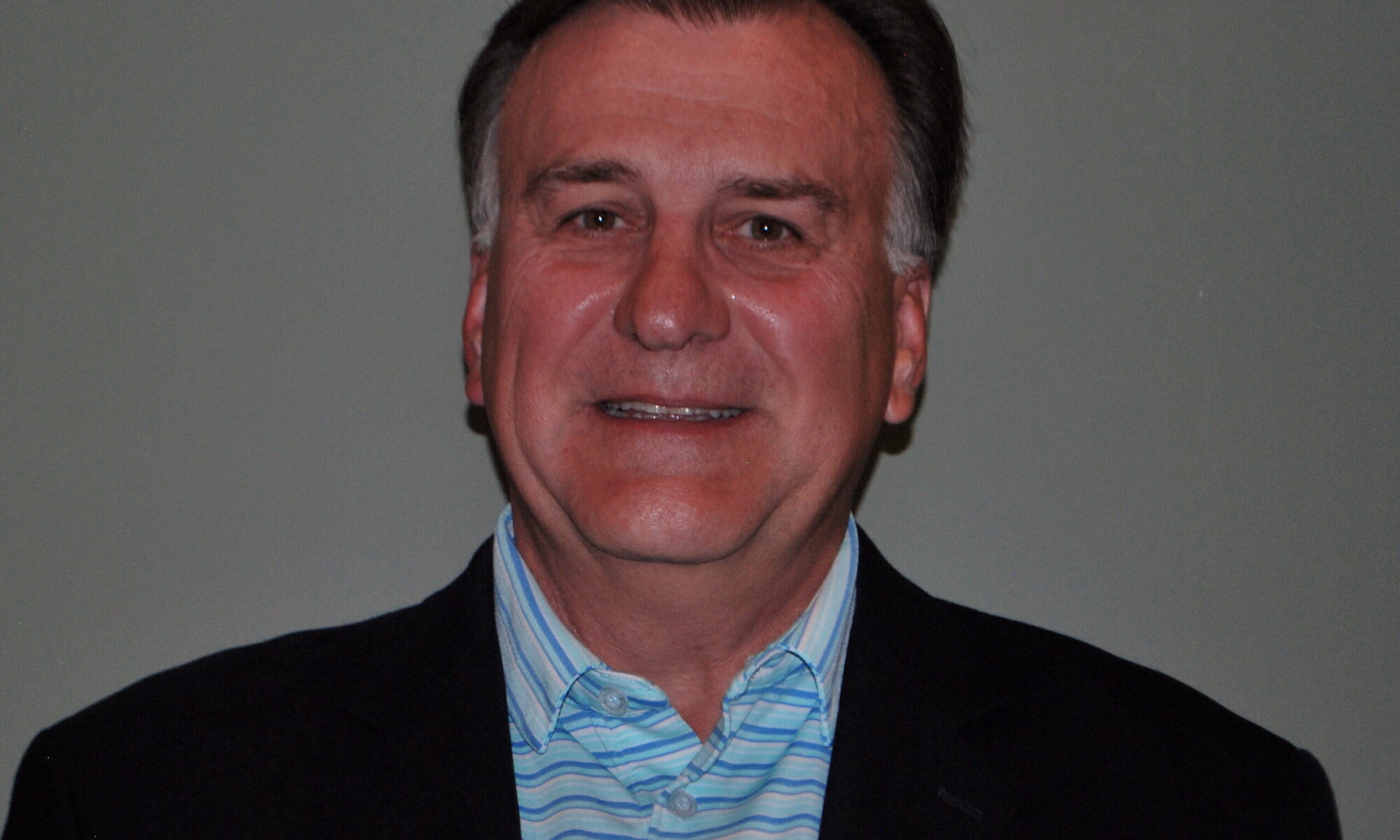 Actuaries and other quantitative professionals have struggled to describe artificial intelligence to the C-suite. Artificial intelligence is Severence MacLaughlin’s career, and here is how he describes it to his mom:
Actuaries and other quantitative professionals have struggled to describe artificial intelligence to the C-suite. Artificial intelligence is Severence MacLaughlin’s career, and here is how he describes it to his mom:
“You’ve seen The Terminator … You know Skynet, the bad company? Well, I do Skynet kind of shrunk down, but it’s a fuzzy pink bunny rabbit version, not the scary robot.”
It’s a vivid picture, but MacLaughlin, founder and managing partner of DeLorean Artificial Intelligence, gave a sprawling, detailed look at the coming revolution in artificial intelligence — the potential it holds and the obstacles it faces — at the virtual CAS Ratemaking, Product and Modeling Seminar in a general session called “Avoiding an Extinction Event: Evolution to Artificial Intelligence in the Property & Casualty Insurance Industry.”
Artificial intelligence, or AI, is the next step forward in computer science.
Until now, for the most part, computers have done the clever things we have taught them, and they have done them really fast. They can add a column of numbers or find a bunch of articles about, say, business interruption. They can isolate a pattern in a sea of data if we teach them what to look for.
With AI, the computer is doing the thinking, figuring things out on its own. It won’t be terribly smart at first — MacLaughlin compared the level of reasoning to a three-year-old or a dog — but that minimal brainpower will have a big impact. Even so, he said, AI will increase global GDP by almost 15%, or $15 trillion, by 2030.
The pandemic has only accelerated the emergence of AI, as the quick pivot to working at home forced businesses to embrace new technologies quickly.
As quantitative experts and problem solvers at property-casualty companies, actuaries will doubtless be crucial to helping capture that future wealth.
MacLaughlin used a PricewaterhouseCoopers rubric to describe the forms of artificial intelligence, from the least to the most sophisticated:
- Automated intelligence, such as chatbots that automate a manual process.
- Assisted intelligence, which help people do their job better, like a computer that looks at a new claim and recommends paying the claim, denying it or reviewing it further. The computer makes the process more efficient.
- Augmented intelligence, where the computer decides, for example, to pay a claim, then instructs the adjuster when to intervene. The computer makes the process more effective.
- Autonomous intelligence, where the computer develops a system and that system makes decisions.
To properly develop artificial intelligence systems, MacLaughlin said, a company needs management buy-in, heaps of properly composed data and an organizational structure that focuses on creating measurable return on investment.
Fortunately, most property-casualty executives have already bought in, according to MacLaughlin’s research. Eighty-six percent are either investing in AI or plan to. About a third say AI will lower costs, and a third say it will bolster customer engagement.
They do have concerns. Nearly half worry about regulatory risk — getting insurance departments to accept an AI-driven pricing algorithm, for example.
They also worry about data quality, and with good reason. Most insurers, MacLaughlin said, have heavily siloed data: Actuaries have pricing data from one data set, underwriters operate out of a separate data set, while marketing and finance have their own data realms. Often, he said, each of those groups taps more than one data set, thanks to legacy systems borne of long-ago mergers.
The company that pulls all those systems together, as MacLaughlin recommends, still only taps about 5% of the data that it could. Left out, he contends, are external data sets, such as on the weather, which could give insights into claim trends. Also frequently left behind is unstructured data — text files, video and other information that, properly prepared, could feed what will be the voracious data appetite of AI.
The data explosion of the past two decades, MacLaughlin said, creates the need for AI. There will be more insights than people could find on their own, and the organizations that figure out how to use AI will win the bulk of that $15 trillion in additional global wealth.
The organizations that figure out how to use AI will win the bulk of that $15 trillion in additional global wealth.
An organization should have one true source of data, he said, with that source generating “sandboxes” on which actuaries and others can perform their specialized analyses.
A successful AI program is carefully structured. MacLaughlin eschewed two common models:
– A stand-alone model, in which a data science team reports to company leaders. Too often, he said, this structure ends up cut off from the specialized requirements of the company’s business units and must compete with the business units for resources.
– Embedded models, in which individual business units have their own data science teams. These can become siloed “science projects,” lacking the perspective that could make the project valuable for the entire organization. And any knowledge they gain in developing AI stays locked within the business unit.
 He recommended a hybrid hub-and-spoke model. A centrally located data science team works with a quantitative subject matter expert for each project (sound much like an actuary?). The knowledge gained from each project can be used in the next.
He recommended a hybrid hub-and-spoke model. A centrally located data science team works with a quantitative subject matter expert for each project (sound much like an actuary?). The knowledge gained from each project can be used in the next.
“Setting this team up will save the company a whole lot of money and save you a whole lot of frustration,” he said.
James P. Lynch, FCAS, is chief actuary and vice president of research and education for the Insurance Information Institute.











